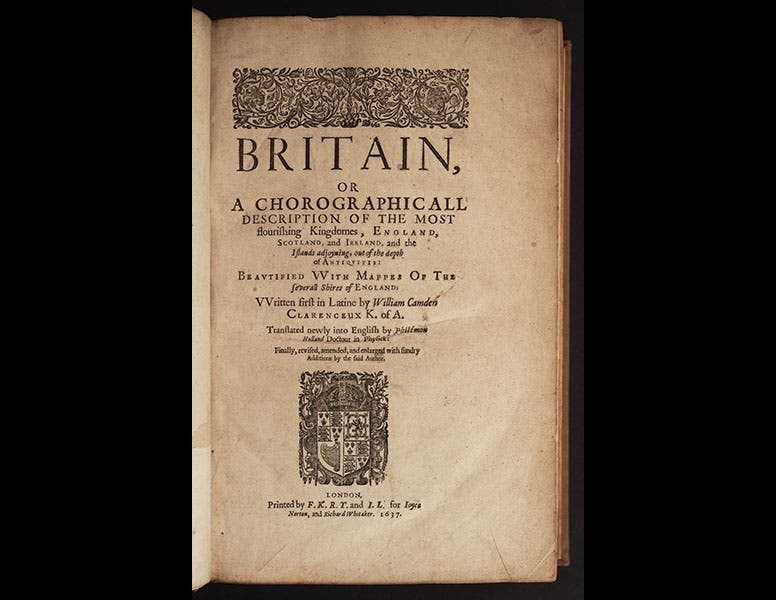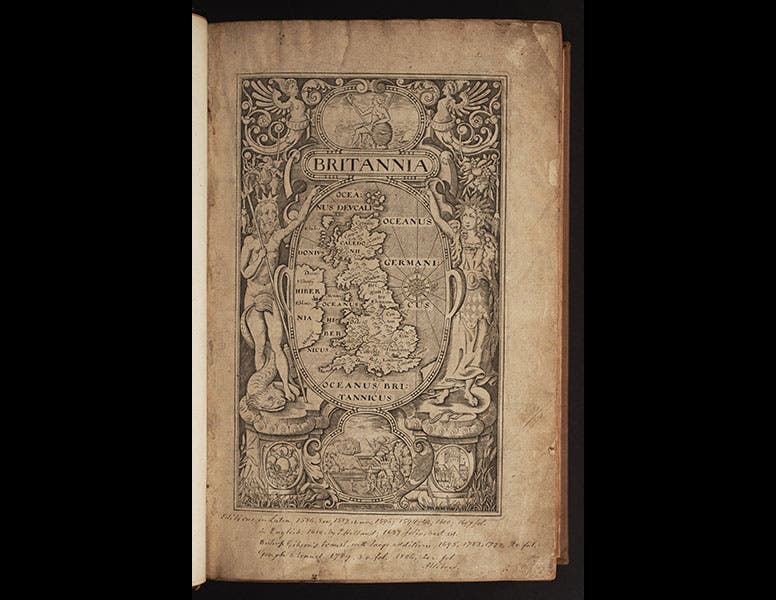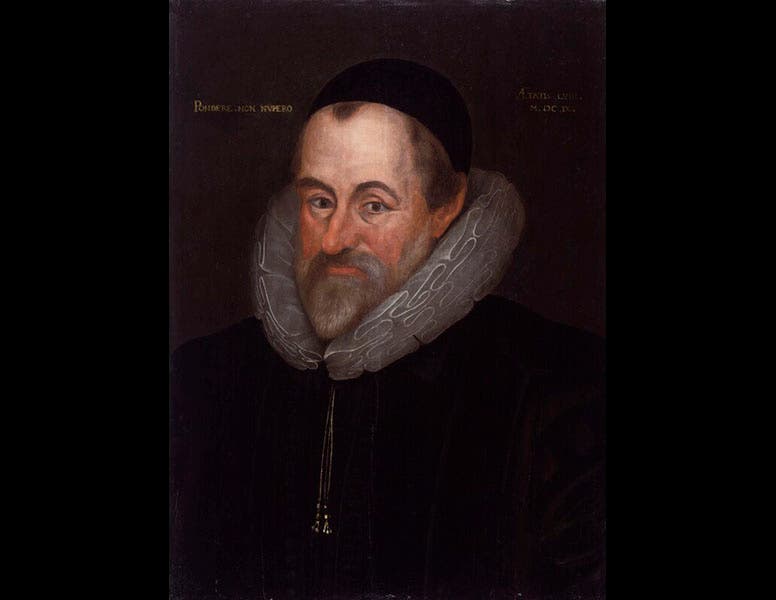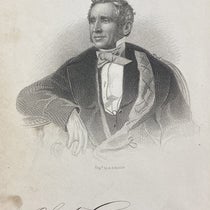Scientist of the Day - William Camden

Linda Hall Library

Linda Hall Library

Linda Hall Library

Linda Hall Library

Linda Hall Library

Linda Hall Library
William Camden, an English antiquary and historian, was born May 2, 1551. In 1586, Camden published a thick, folio-sized historical survey of Great Britain, which he called Britannia. In the late Renaissance, history and antiquarianism were two distinct disciplines, hardly connected at all. Historians wrote history from texts and did not use antiquities; antiquarians dug and excavated and collected, but did not attempt to write history from their artifacts. Camden was one of the first to put the two together, and to argue, furthermore, that you cannot do proper history without artifacts. He used the coins, roads, and inscriptions of ancient Britain to present an accurate picture of Roman Britain, really for the first time. Camden’s importance for science lies in the fact that later men with antiquarian interests, such as Robert Hooke and John Aubrey, were inspired by Camden to apply the lessons of antiquarianism to natural philosophy, realizing that you can use artifacts such as fossils and shells to construct a history of the earth, and that, in doing so, many times the artifacts provide more accurate and reliable testimony than the printed word of scholarly authorities.
Several years ago, the Library acquired a handsome 1637 English edition of the Britannia, translated by the great Philemon Holland; it is one of 88 rare books bequeathed to the Library by Ruth Patrick, an eminent limnologist who died in 2013 at the age of 105. Dr. Patrick also donated a sizable collection of secondary studies and books of reference that will go into the main collection of the Library. The Britannia is the kind of book that we would probably not be able to acquire by purchase, since historical antiquarianism really lies outside our collection guidelines, but we are very pleased to have it, as it provides historical context for the works of Hooke, Aubrey, Robert Plot, and Edward Lhwyd that we do have in our collection.
The images show, in order: Stonehenge, as depicted in the Britannia; a portrait of Camden in the National Portrait Gallery, London; the title page and frontispiece; a drawing of a tomb in Glamorgan, Wales; a map of Cumbria/Cumberland, with Hadrian’s wall (the Picts’ wall) delineated; and several of the inscriptions on the wall.
Dr. William B. Ashworth, Jr., Consultant for the History of Science, Linda Hall Library and Associate Professor, Department of History, University of Missouri-Kansas City. Comments or corrections are welcome; please direct to ashworthw@umkc.edu.







